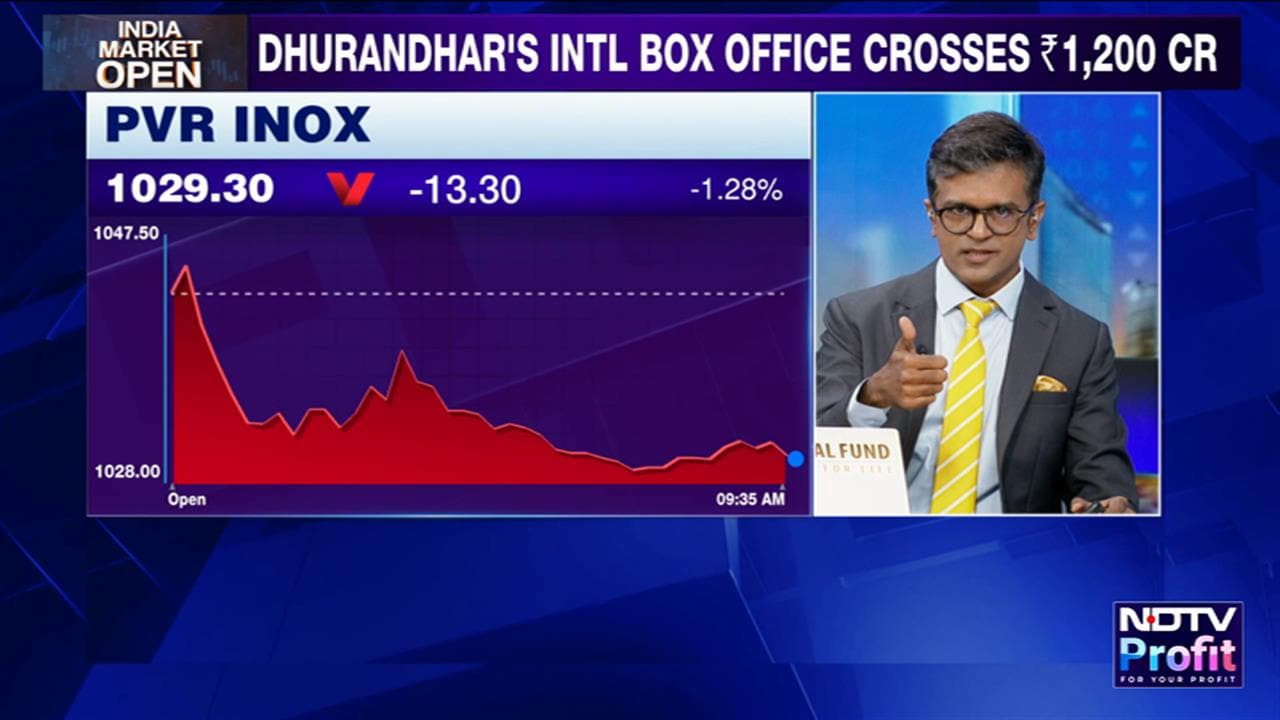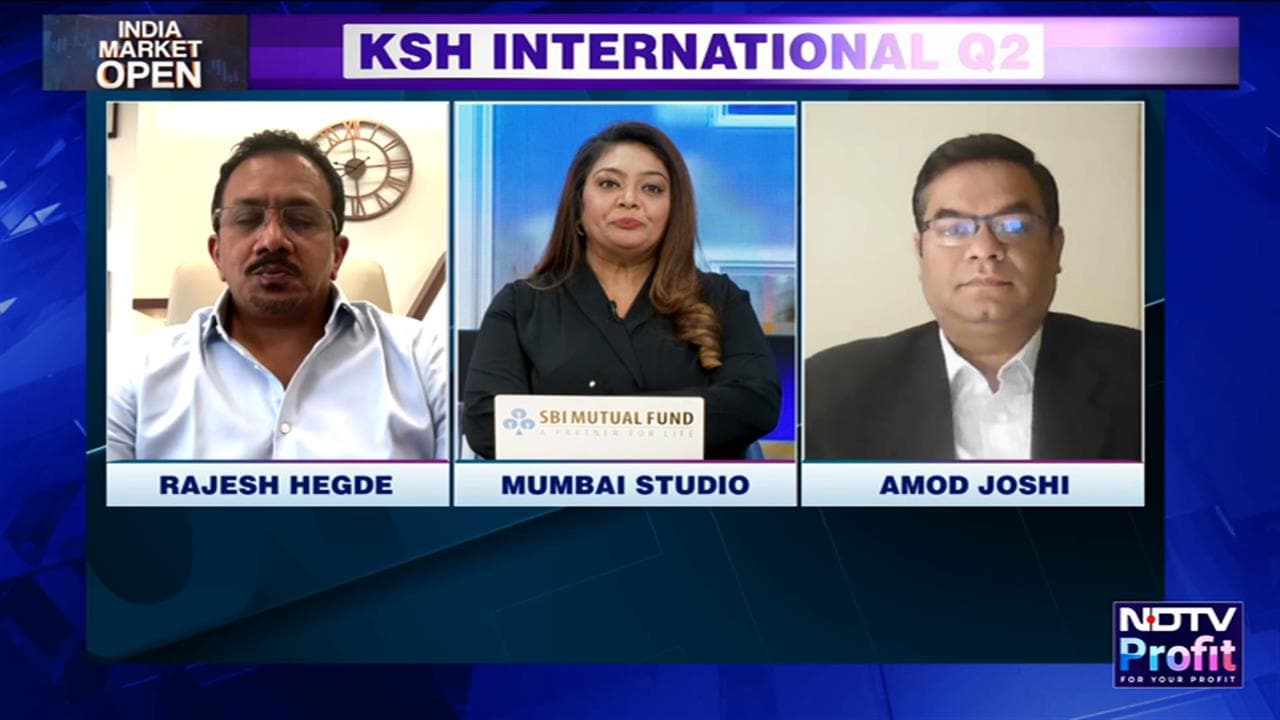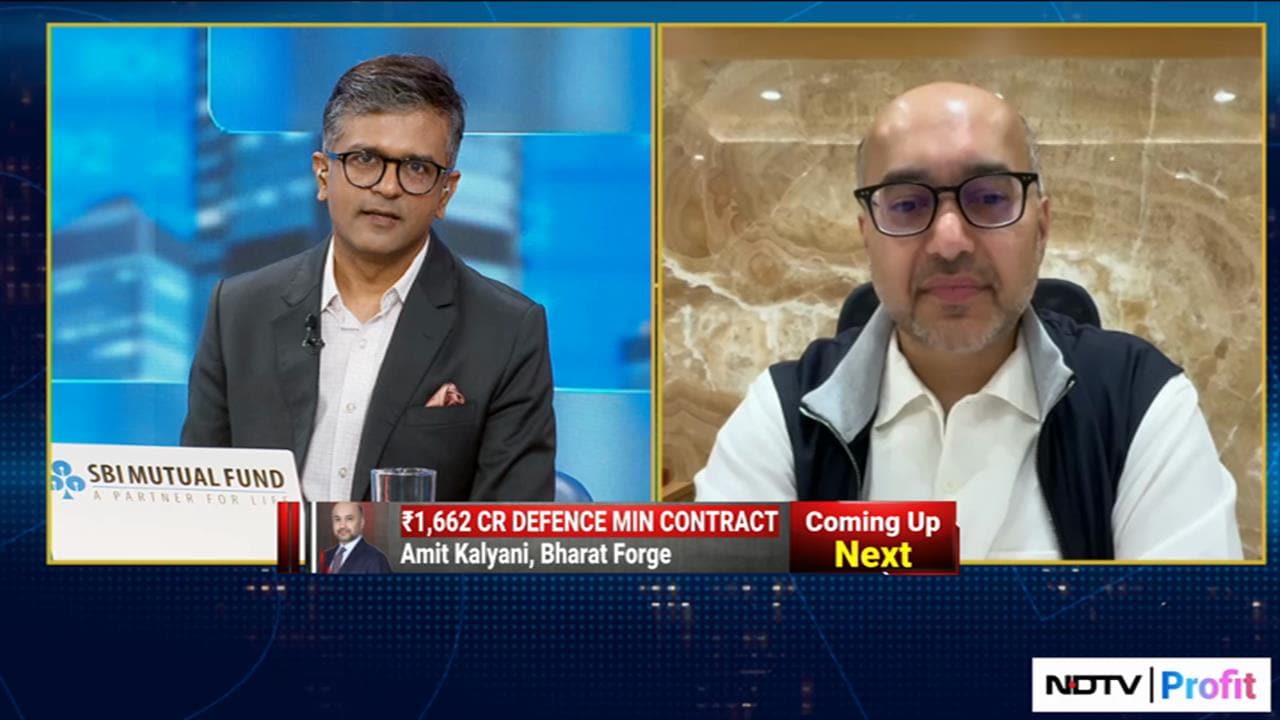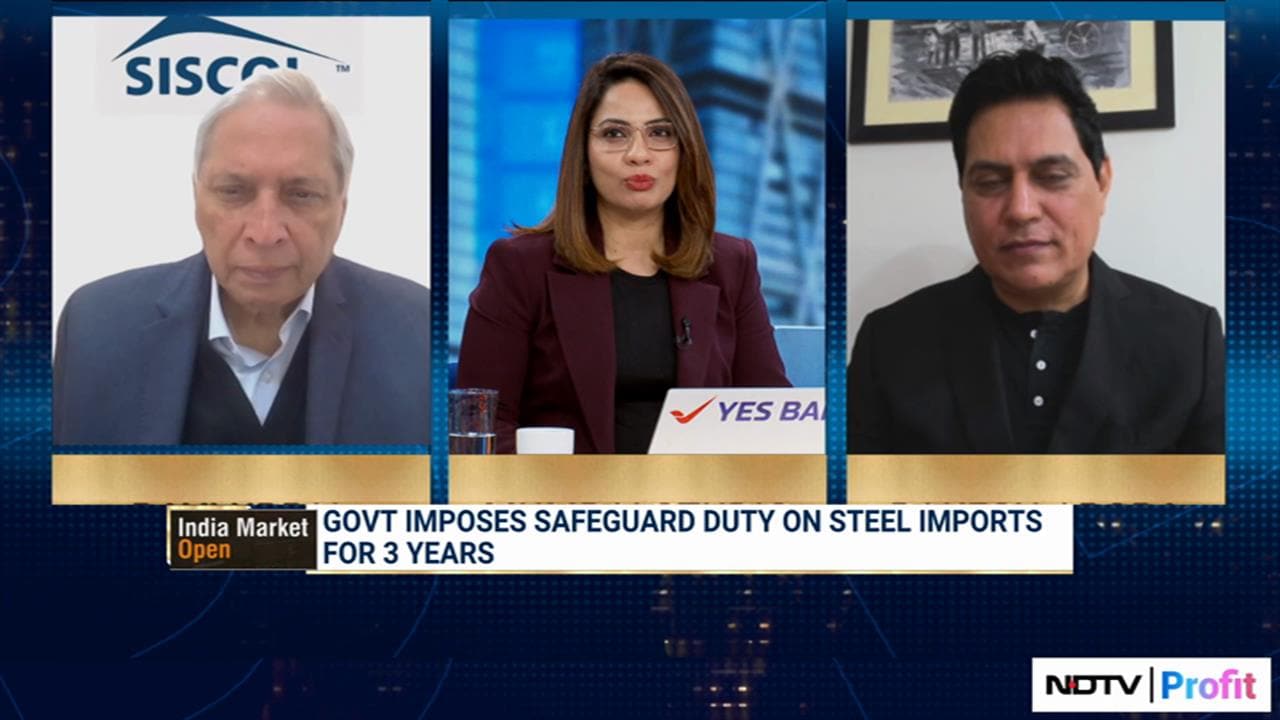
Corporate India is increasingly relying on bond issuances for funding and it is only expected to continue.
Last week, India Ratings and Research assigned a 'AA-' rating for Rs 750 crore worth of non-convertible debentures proposed to be issued by Tata Projects Ltd. Arka Fincap Ltd. recently announced the start of its fundraise worth Rs 300 crore through a public issuance of NCDs. The first tranche of the issue will close on Dec. 20. The debentures rated 'AA-' will carry coupon rates between 9-10%, depending on the tenure.
Piramal Enterprises Ltd. and Kerala-based non-bank lender ICL Fincorp also announced their NCD issues in October and November, respectively.
An overview of data since FY22 shows that high-investment grade corporate bond issuances continue to rise. Of these, non-convertible debentures with a credit rating of 'AAA' and 'AA+' run the show.
Debt financing by corporates primarily happens through two avenues—bank finance and corporate bonds, said Somasekhar Vemuri, senior director at Crisil Ratings Ltd. However, the choice of funding avenue keeps changing, depending on factors like interest rate scenario, he said.
In FY23, the total number of corporate bond issuers stood at 925, up 4.2% year-on-year, according to data shared by Prime Database. These issuances amounted to Rs 8.57 lakh crore, up 33.2% year-on-year.
This fiscal, as of Nov. 30, these issuers stood at 706, amounting to bond issuances worth Rs 6.12 lakh crore.
The private placement route continues to dominate the corporate bond market. This is mainly because of the ability to raise large quantum of debt quickly, said Vemuri.
In FY23, a total of 905 issuers went for the private placement route and only 20 went for public debt issue, amounting to Rs 8,944 crore. This was compared to 16 public debt issues in FY22, amounting to Rs 11,710 crore.
Spreads Over G-Sec Falling
Historically, corporate bonds, especially 'AAA'-rated ones, used to be priced 50-60 basis points over the yield on government securities. But today, it's around 30-40 bps, according to Ajay Manglunia, managing director and head-investment grade group at JM Financial.
"The best rated corporate bonds are 'AAA' and all the players are mostly raising around Rs 1,000 to Rs 3,000 crore via them," he said. "The coupon rate on these bonds is between 7.68%-7.71%, but also depends on the G-Sec," he said.
Of these corporate bonds, the 'AAA'-rated PSUs are borrowing at a yield of 7.70% and 35 bps spread over G-Sec, he added.
However, the 'AA+' or 'AA'-rated corporate bonds are mostly issued by non-bank financial companies in tranches of Rs 100 crore to Rs 500 crore. The coupon rate's range stays around 8.70% to 8.75% levels, he said.
Analysts said that 'AAA'-rated corporate bonds continue to dominate the list of bond issuances as investors tend to be more confident about them.
"If one goes below 'AAA'-rated, the investor appetite also reduces as people are not that confident, and hence, you would see that the supply of low-rated corporate bonds is also less," said Venkatakrishnan Srinivasan, founder and managing partner of Rockfort Fincap LLP.
Given that the interest rate cycle appears to have peaked in India and there is a growing need to diversify sources of funding, the issuance of NCDs has increased, according to R Venkataraman, co-promoter of the IIFL Group.
Manglunia agrees. "Most investors are now comfortable with the rates as interest rate hikes are off the table. With more stability and less fluctuations, NCDs are becoming popular."
Moreover, with liquidity conditions tightening, banks' cost of funds has also increased, which is also why lenders are opting for corporate bonds at a fixed coupon rate, he said.
Another reason for this surge is decadal high capacity utilisation, healthy corporate balance sheets and strong economic outlook, according to Vemuri of Crisil.
“These factors are expected to propel capex for corporates and infrastructure over the medium to long term. This coupled with retail credit growth are expected to drive the bond market growth on the supply side over the long term,” he said.
However, on the demand side, the rising financialisation of household savings and movement of these savings to capital market products, is driving this growth, Vemuri said.
And this positive outlook is expected to continue.
According to a Dec. 4 Crisil Ratings note, the outstanding size of bond market is expected to more than double to Rs 100-120 lakh crore by fiscal 2030, from Rs 43 lakh crore as of the previous fiscal.
And since credit conditions are stable, analysts don't foresee any major threat to its growth.
Watch LIVE TV, Get Stock Market Updates, Top Business, IPO and Latest News on NDTV Profit.






















